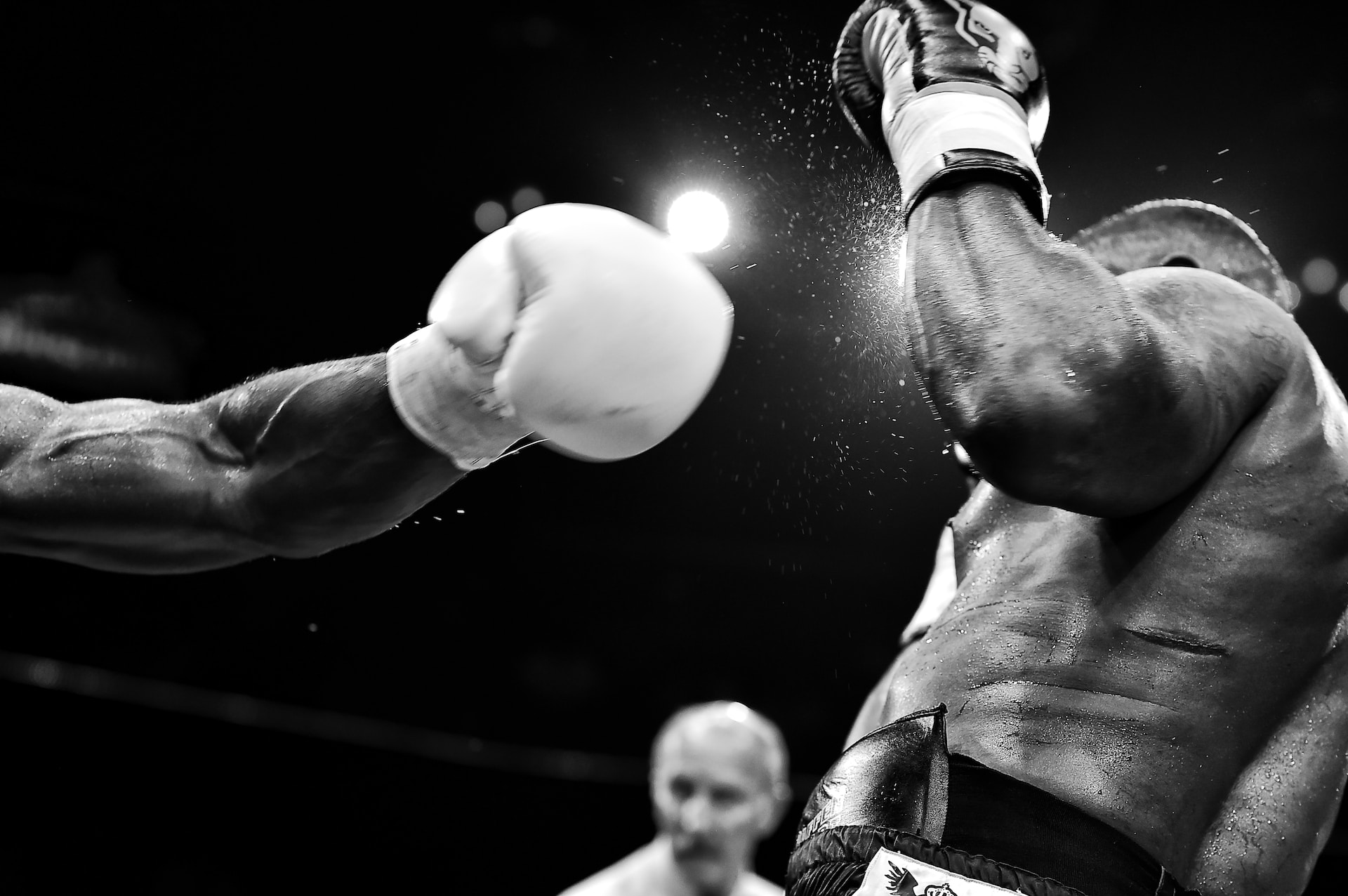Basketball is a sport that has captured the hearts of millions around the world. From its humble beginnings in the late 19th century to its current status as a global phenomenon, basketball has undergone significant changes and evolved in various ways. In this blog post, we will explore the fascinating evolution of basketball, from its origins to the modern game we know today.
Origins of Basketball
The story of basketball begins in 1891 in Springfield, Massachusetts, with a physical education instructor named James Naismith. Tasked with creating a new game to keep his students active during the winter, Naismith devised a set of rules and hung up a peach basket at each end of the gymnasium as goals. The objective was simple: to throw a soccer ball into the opposing team’s basket while avoiding physical contact.
The early years of basketball were characterized by a lack of standardized rules and equipment. The game quickly spread throughout the United States, and various modifications were made to suit different playing environments and preferences. It was during this time that the sport began to gain popularity and attract players and spectators alike.
Growth and Professionalization
As basketball gained popularity, the need for a governing body and standardized rules became apparent. In 1936, the International Basketball Federation (FIBA) was founded to oversee the sport on a global scale. The following year, the National Basketball Association (NBA) was established in the United States, marking the beginning of professional basketball.
The 1950s and 1960s witnessed the rise of legendary players like Bill Russell, Wilt Chamberlain, and Jerry West. These athletes brought a new level of athleticism and skill to the game, captivating audiences with their extraordinary performances. The introduction of the shot clock in 1954 also added a new dimension to the sport. It forced teams to play at a faster pace and increased the excitement for spectators.
The Modern Era
The 1980s and 1990s marked a turning point in the evolution of basketball. The game became more dynamic and aesthetically pleasing, thanks to the emergence of players like Magic Johnson, Larry Bird, and Michael Jordan. Their skill, charisma, and fierce competitiveness captivated the world and helped basketball reach new heights of popularity.
During this period, advancements in technology and training methods also had a profound impact on the game. The development of lightweight and durable basketball shoes, along with improvements in sports science and analytics, allowed players to push their limits and achieve new levels of performance. The game became faster, more strategic, and increasingly reliant on individual skills.
The advent of the three-point line in the 1980s revolutionized basketball strategy. Coaches and players realized the value of the long-range shot. This lead to an increased emphasis on shooting and spacing on the court. Today, the three-point shot has become a crucial weapon in a team’s arsenal, and players like Stephen Curry have redefined what is possible from beyond the arc.
Another significant development in the modern era of basketball is the globalization of the sport. The NBA, with its star-studded rosters and worldwide appeal, has played a crucial role in popularizing basketball in countries around the world. Today, basketball is played and followed passionately in Europe, Asia, Africa, and South America, creating a diverse and vibrant basketball community.
The Future of Basketball
As we look to the future, it’s clear that basketball will continue to evolve. Technology will play an even more prominent role, with advancements in virtual reality, wearable devices, and data analytics enhancing player performance and fan engagement. We can expect to see innovations in training methods, equipment, and even basketball rules.
Furthermore, the increasing emphasis on inclusivity and diversity will shape the future of basketball. Efforts to promote gender equality in the sport, such as the growth of women’s basketball and initiatives to provide equal opportunities for female athletes, will contribute to a more balanced and inclusive basketball landscape.
Conclusion
From its humble beginnings to its current global status, basketball has come a long way. The sport has evolved in countless ways, both in terms of gameplay and its impact on society. As we reflect on the journey of basketball, one thing is clear. It has transcended its original purpose and become a powerful force that unites people from different backgrounds and cultures through the universal language of the game. The future of basketball holds even more exciting possibilities. And fans around the world eagerly await the next chapter in this remarkable evolution.














